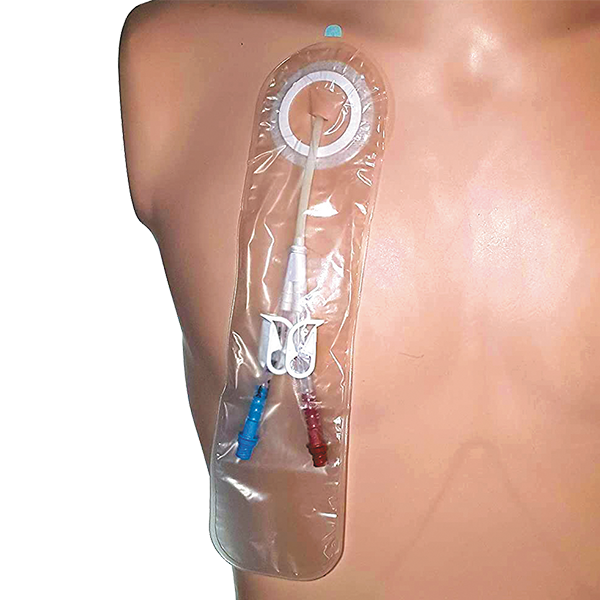Patient information
Water resistant and sterile central venous catheter dressings
Cath Dry is an innovative dressing for dialysis patients, as well as others who have a central venous catheter or other line that is at risk of infection.
The dressing allows for safe showering (and other water-based activities) while minimising the potential for infection by keeping the catheter in a sterile environment and free of contaminants.
Cath Dry is a dressing suitable for use with the following central venous catheters:
- Haemodialysis
- Peritoneal
- PICC
Cath Dry dressings are also suitable for:
- Hickman lines
- Chemotherapy lines
How Cath Dry dressings work
Cath Dry is a water resistant dressing that is applied directly to the skin. When applied correctly the line ends are inserted within the plastic sheath, and the dressing applied to the skin to create a water-resistant seal.
The dressing is gentle and breathable (allows moisture to escape and oxygen to enter), and flexes and moves with body for greater patient comfort. It also acts as a barrier to external contaminants.
Showering, bathing or swimming:
The dressing is water resistant and keeps the area around the catheter dry. The dressing is an effective water barrier to permit showering, bathing or swimming* when used properly. Always dry the exterior of the dressing carefully after contact with water. * Patients have used the dressing for active watersports (including under wetsuits) and hydrotherapy without issues.
We advise showering and water-based activity should be restricted to 20 minutes per dressing per session. However patient feedback tells us this can be considerably longer if applied correctly and monitored. Water can potentially enter the dressing if directions are not followed.
Moisture detection ring:
Each dressing features a moisture detection ring. If the ring starts to turn red, then it indicates moisture is present. The Cath Dry dressing should be removed, the skin dried and a new Cath Dry dressing applied. Note: Excessive sweating (sterile) may lead to a colour change.
Close monitoring of the integrity of the Cath Dry is mandatory during water exposure among children.
To see how to apply Cath Dry, click here.

